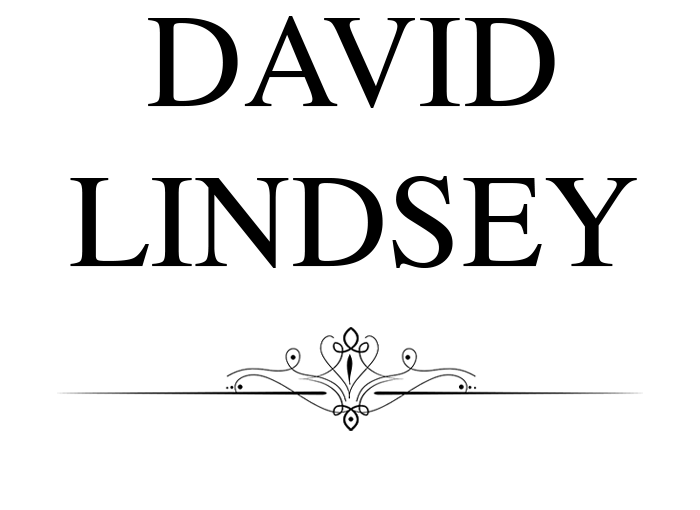ANIMOSITY
SYNOPSIS
“…consumed with portraying the duality of her body…and, perhaps, her soul.”
Ross Marteau makes a very good living sculpting female nudes of rich and famous women. When a long-term relationship breaks up badly in Paris where he is finishing a commission, he retreats to his hometown, San Rafael, an artist colony in the Texas hill country. But here his newfound peace of mind is permanently, and profoundly, shattered. One day Ross is approached by Celeste Lacan, a newcomer to San Rafael. She asks him to take on a new commission, a sculpture of her younger sister, Leda, promising that the job will present artistic challenges unlike any he has encountered before. Though reluctant, Ross is intrigued: by Celeste herself and by a photo of Leda that shows her to be a genuine beauty. When Ross finally meets Leda, he is stunned to discover that her body is as startlingly unique as her face is beautiful. Just as Celeste predicted, he becomes consumed with portraying the duality of her body…and, perhaps, her soul. Soon Ross is romantically involved with Celeste, but his relationship with Leda is tense and complex. As he begins sculpting Leda, he finds that she is alternately seductive and mystifying, while at the same time Celeste curiously begins to withdraw. Then a violent murder draws Ross deeper into their world. He learns too late that his bond with these two women is older, darker–and more explosive–than he could ever have imagined.

